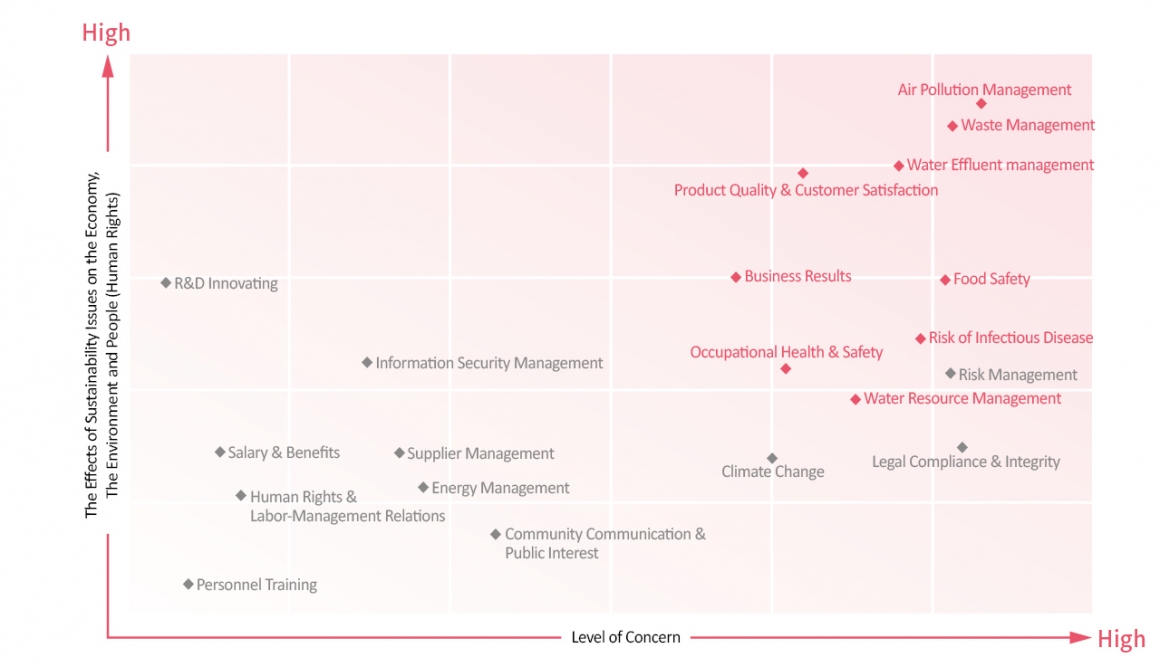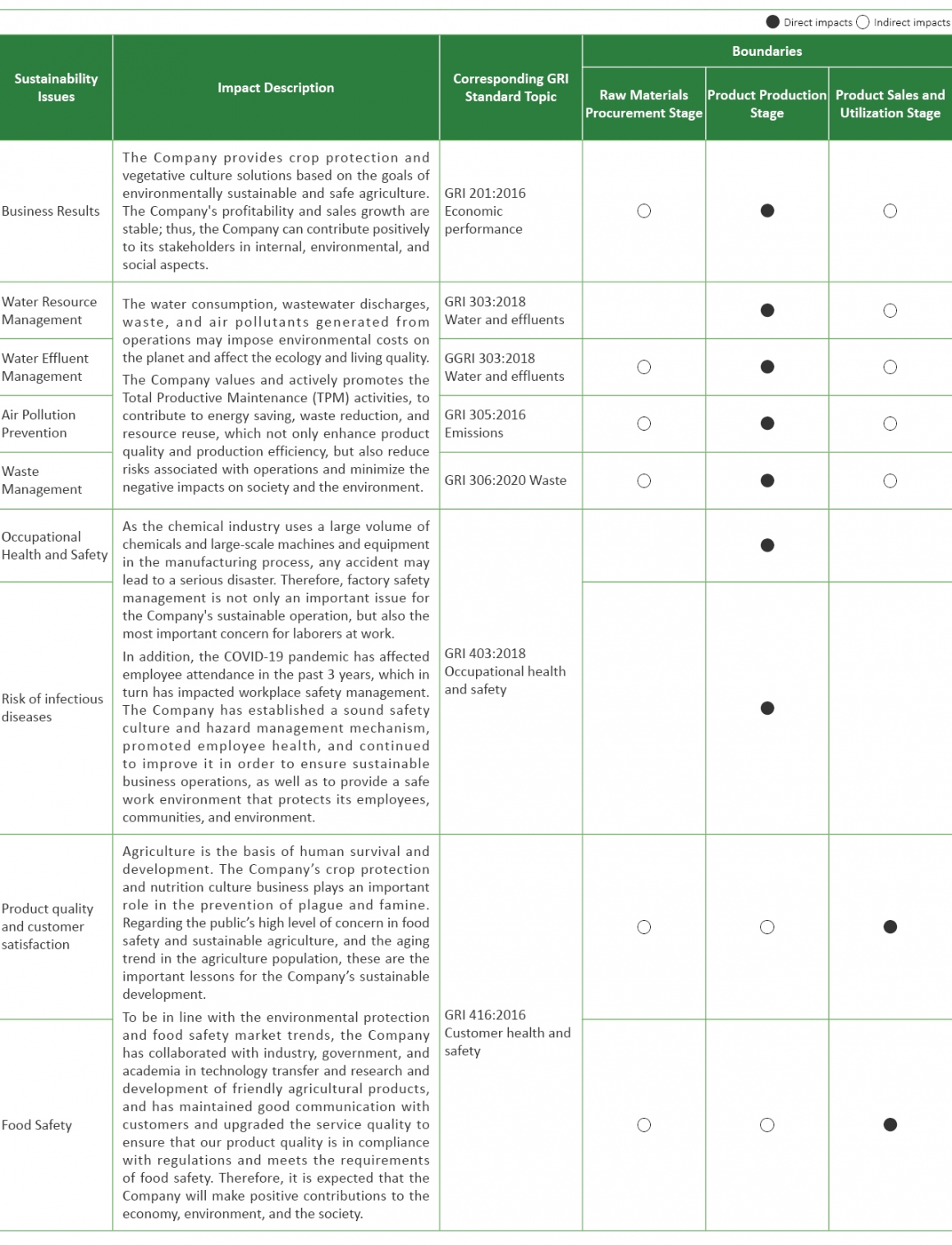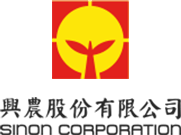Stakeholder Engagement
Stakeholder Engagement
The Company has followed the guidelines of the GRI Standards:2021 to identify the material issues. In order to track the changes of the sustainability issues and the sustainability objective progress, starting from 2022, the Company has set the materiality analysis frequency to be performed once every three years.
The 2022 material issues are determined based on the year 2021. After deletion and consolidation, a total of 20 sustainability issues were selected to conduct stakeholder interest surveys and materiality analysis. According to the GRI guidelines, the Company conducted an organizational contextual survey on each sustainability issue, as well as identified and evaluated the positive and negative impacts of sustainability issues on the economy, the environment, and people (including human rights).

After considering the stakeholders' concerns on sustainability issues, 9 sustainability issues were decided as the basis for this year's sustainability reporting. Various information was disclosed according to the disclosure index of the GRI Standards, the rules governing the preparation of sustainability reports by TWSE listed companies, and the SASB Standard on chemicals industry
standard.
- We have identified eight major concerned parties based on the AA1000 Stakeholder Engagement Standards (SES) and they are the customers, farmers, employees, suppliers,
consumers, shareholders/investors, local communities, and government agencies. - Collecting issues of GRI Standards, SDGs, SASB Standard, industry trends, corporate sustainability ratings, and stakeholders’ concerns.
- Use the sustainability issues from the previous year as the basis for selecting the sustainability issues for this year, and then each department will review the notability of the sustainability issues based on their interactions with stakeholders.
- Conduct an organizational contextual survey on sustainability issues.
- Identify and assess the positive and negative impacts of sustainability issues on the economy, environment, and people (including human rights). Each department must score sustainability issues based on their impact and possibility for occurrence, and decide the priority of sustainability issues to be reported based on the score and the notability.
- Review the scope of impact of sustainability issues on the Company's value chain upstream and downstream.
- Determined the material issues as the basis for this year’s sustainability reporting.
-
Various information was disclosed according to the disclosure index of the GRI Standards, the rules governing the preparation of sustainability reports by TWSE listed companies, and the SASB Standard on chemicals industry standard.
Material Issues and Boundary



